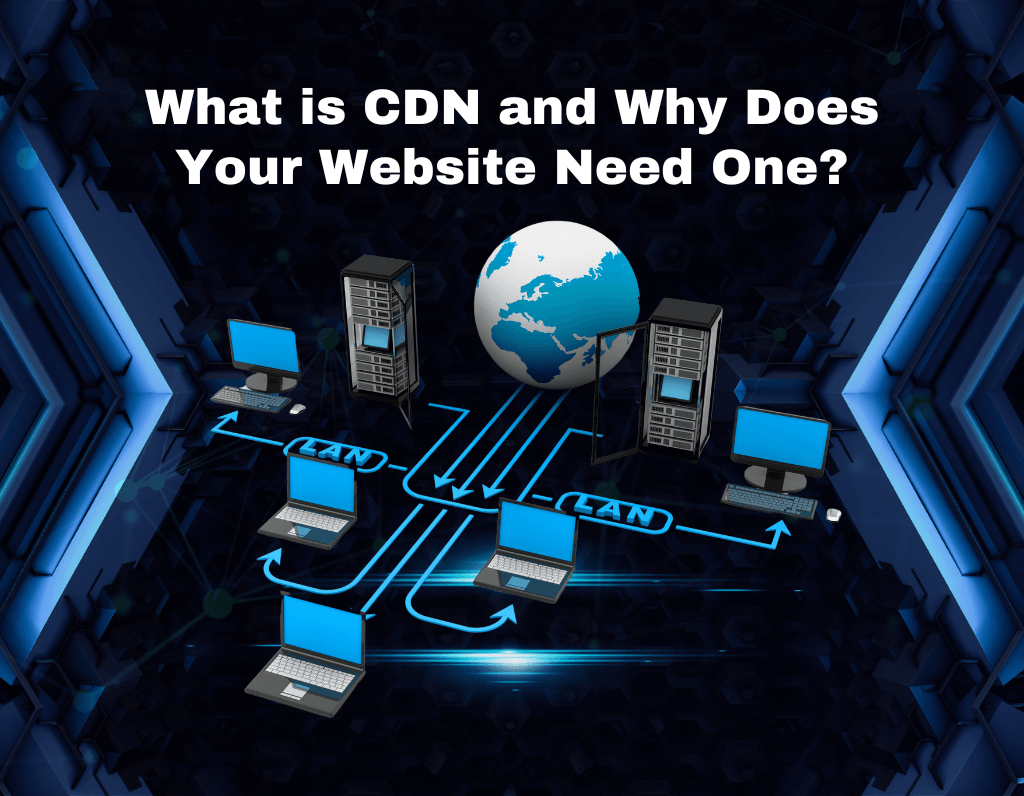Caching is a very powerful technique that can dramatically improve the speed and performance of your website. By storing frequently accessed data, caching reduces the load on your server, minimises network requests, and accelerates content delivery to users. In this article, we will dive into the multi-faceted aspects of caching and explore practical strategies to optimise your website’s performance.
What are the Basics of Caching?
Caching is the most basic optimisation technique that actually improves the performance of any website by reducing server load as well as network requests. It works on the principle of providing copies of frequently accessed data, known as cache objects, in a temporary storage area. If the resource is found in the cache, it is immediately served to the user, thus avoiding the need to fetch it from the origin server.
Types of Caching
There are several types of caching that can be implemented on your website to optimise its operations.
1. Browser Caching
Browser caching relies on HTTP headers, which instruct the browser how it is supposed to store and reuse certain resources.
- Expires Header: The Expires header indicates a certain date and time at which a resource should be viewed as expired. At such time, the browser is bound to fetch a new version of the resource from the server.
- Cache-Control Header: This header provides a more granular control over caching behaviour. It allows you to set a number of directives, including:
- max-age: indicates the most seconds that a resource may be stored in a cache.
- stale-while-revalidate: server is being revalidated, the browser can use a stale copy of a resource.
- public/private: establishes whether the browser alone or both the browser and intermediate proxies can cache a resource.
- Compress Assets: Compressing assets like CSS, JavaScript, and images reduces their file size, which leads to faster download times and better performance. Gzip compression is one of the common techniques used to achieve this.
2. Server-Side Caching
Server-side caching involves storing frequently accessed data on the server to reduce the load on the database and application server.
- Database Caching: This can store regularly accessed database queries in RAM, thereby reducing database round-trip time. This in turn can significantly improve the application performance of database-intensive operations.
- Page Caching: Caching of web pages can significantly reduce server workload, especially for static pages or pages that rarely change in content. This is beneficial for pages that are always requested but rarely updated.
- Object Caching: Object caching caches particular objects, like API responses or rendered components. This will improve response times and reduce the amount of load your application server must provide.
3. Content Delivery Network (CDN)
A CDN is a network of distributed servers spread all over the globe storing copies of your website’s static assets. A CDN reduces latency by spreading content across several servers, which significantly enhances performance for users around the globe.
- Global Content Distribution: CDNs store copies of your static assets on servers located in various geographic regions.
- Optimised Delivery: CDNs automatically optimise content for different devices and browsers. This includes techniques like compression, minification, and image optimisation.
Implementation of Caching Strategies
Here are some practical steps to implement caching effectively:
Identify Cacheable Resources
The first step to effective caching is to identify the resources on your website that can benefit from it. Analysing your website’s traffic patterns will help you identify resources that are frequently accessed and static in nature. These resources, such as images, CSS files, and JavaScript files, are ideal candidates for caching.
Set Appropriate Cache Expiration Times
Once you’ve identified the cacheable resources, you have to decide the appropriate expiration time for each of them. This involves the trade-off between performance and freshness. A longer expiration time will dramatically reduce the server load because the browser will store the resource locally and reuse it for subsequent requests. However, if the resource is updated very frequently, a longer expiration time may result in stale content being served to users. Thus, it’s very important to take into consideration the update frequency of each resource when setting expiration times.
Clear Cache When Necessary
In order to ensure that users always receive the latest version of your content, you should implement strategies to clear the cache when necessary. One common technique is versioning. You add a version number or timestamp to the URL of the resource. This has the effect of forcing the browser to fetch a new copy of the resource, even if the copy of the resource is in its cache. Another trick is that known as cache-busting, whereby the resource URL includes a query parameter. It can even mislead the browser to fetch a fresh copy.
Monitor Cache Performance
Monitor cache performance: To optimise your caching strategy, you must check how well your cache is working. You can track the rate at which your cache receives hits by using browser developer tools and server logs. For a good caching strategy, your cache hit rate will be high. In the case of a low hit rate, you may need to modify some cache expiration times or invalidation strategies.
Cache Invalidation Strategies to Consider
It removes the outdated cache entries from memory. Several strategies can be applied to cache invalidation, which include:
- Time-based expiration: It expires automatically after a specified period.
- URL rewriting: It modifies the URL of a resource so that a browser has to fetch the copy.
- Cache-busting: Adding a query parameter to the URL of the resource will make the browser fetch the copy.
The best strategy for invalidation will depend upon your specific use case and frequency of changing your content.
Configure Cache Optimally
Finally, you should fine-tune your cache configuration to optimise performance. Make sure to test different cache expiry times and invalidation methods to determine the best settings for your website. When you focus on these considerations, your caching strategy will be optimised so that you receive maximum advantages in terms of performance.
Best Caching Practices
1. Cache Critical Resources
The key to maximising the effectiveness of caching is to cache critical resources like CSS, JavaScript, and images. These are the resources that determine the layout and functionality of your website, and their loading time is what determines the perceived performance. By caching these resources, you can reduce load times significantly and improve the overall user experience.
2. Avoid Over-Caching
While caching is a very powerful technique, it should not be over-cached. Over-caching can lead to stale content being served to users, which can negatively impact user experience. To prevent this, carefully consider the update frequency of your content and set appropriate cache expiration times. A well-balanced caching strategy ensures that users receive the latest content without sacrificing performance.
3. Browser Caching
Browser caching is another strong tool that can be significantly beneficial for improving website performance. With proper HTTP headers set to your server, you can instruct the browser to cache static resources on local machines. This reduces the number of requests to your server, and consequently, network latency; therefore, page load times get accelerated.
4. Tap a CDN Wisely
A Content Delivery Network (CDN) can significantly enhance your website’s performance, especially for global audiences. By distributing your static assets across multiple servers worldwide, a CDN reduces latency and improves load times. However, it’s crucial to choose a reliable CDN provider and configure it properly to maximise its benefits.
5. Monitor and Optimise
Caching is a continuous process. You need to monitor the performance of your website and tweak your caching strategy when necessary. Through monitoring cache hit rates, identifying bottlenecks in performance, and implementing optimisations, you are sure to have a website with optimal performance for all users.
Conclusion
By using caching strategies effectively, you can definitely improve the performance of your website, reduce server load, and enhance the user experience. By understanding the different types of caching, following best practices, and continuously monitoring your website’s performance, you can unlock the full potential of caching to deliver lightning-fast websites that captivate and engage your audience. Remember, caching is not a one-time solution, but an ongoing optimisation process. Keeping yourself updated with the latest caching techniques and tools will ensure that your website remains fast, efficient, and responsive to the evolving needs of your users.






